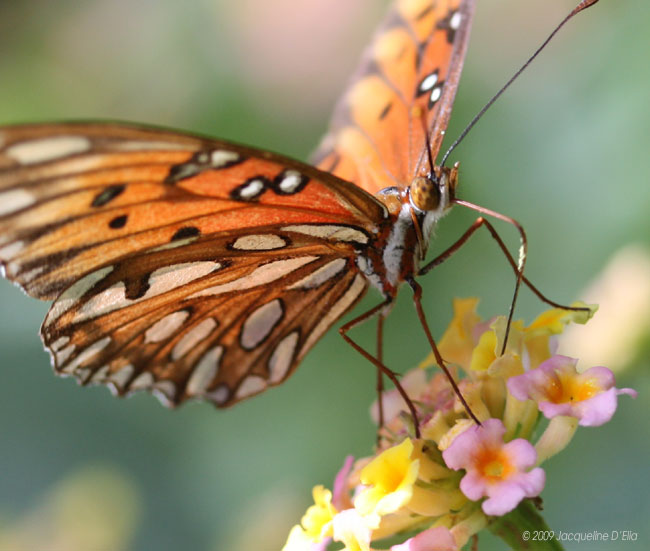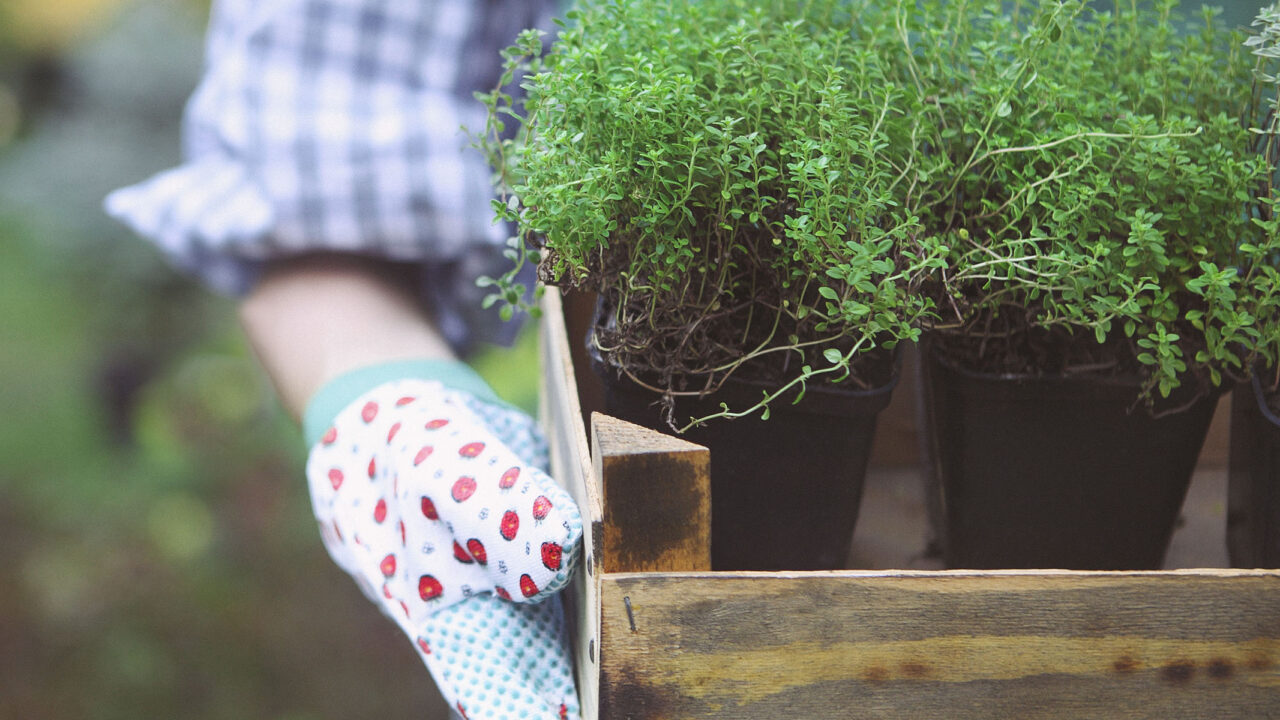When choosing plants for your garden, it’s always important to consider the pollinators. We depend on pollinators like bees, butterflies and bats for much of the food we eat, clothes we wear and even the houses we live in. Providing nectar and pollen in your garden for a variety of pollinators is not only a responsible thing to do, but it can also be beautiful!
If you grow vegetable and fruit plants, it’s crucial to attract more pollinators to your garden so they can help you increase your yields. Bees are the powerhouse of the veggie garden and orchard. Did you know that we have about 200 species of bees in the Houston area? How many different types have you spotted in your back yard? Our bee season is uncommonly long here in Houston, with the bees active from late January until the end of October or even later. Honey bees are often active year round. Bees are dependent on adequate nectar flow to make enough food for their young; this nectar can often be scarce during the cooler months. As gardeners, we can choose plants that bloom at varying times of the year to make sure our local bees have regular access to food.

We also have butterflies active for most of the year. There are about 100 different species that visit our Houston gardens and surrounding areas. Commonly seen are the swallowtails and monarchs; but also keep an eye out for red spotted purples, sulphurs, hairstreaks and more. Butterfly species tend to be dependent on specific types of plants: Adults need nectar from certain plants and require specific host plants for their eggs. If the right plants are not available, their life cycle will come to an end. The best way to encourage more butterflies in your garden is to choose the right nectar and host plants.
Who doesn’t love hummingbirds? Ruby Throated, Black Chinned and Rufous hummingbirds are the three most common types we find in our Houston gardens. Hummingbirds will feed on a combination of flower nectar and tiny insects. They are especially attracted to tubular shaped flowers and reds, oranges and yellows are favored flower colors.
Here are some of the wonderful nectar and host plants available : Zinnias, Mexican Heather, Cigar Plant, Pink Cuphea, Gaillardia,Tea Bush, Monarda, Porterweed, Pentas, Black Eyed Susan, Cosmos, Solidago, Catmint, Texas Sage, Bulbine, Lantana, Society Garlic, Turks Cap, Homestead Verbena, Mexican Flame Vine
Cool season herbs such as dill, parsley and fennel are important host plants for swallowtails, so be sure to add them to your fall planting calendar. Plant a few for you to harvest from and a few extras for the pollinators!
Be sure to check out everything we have going on at Buchanan’s this week!
